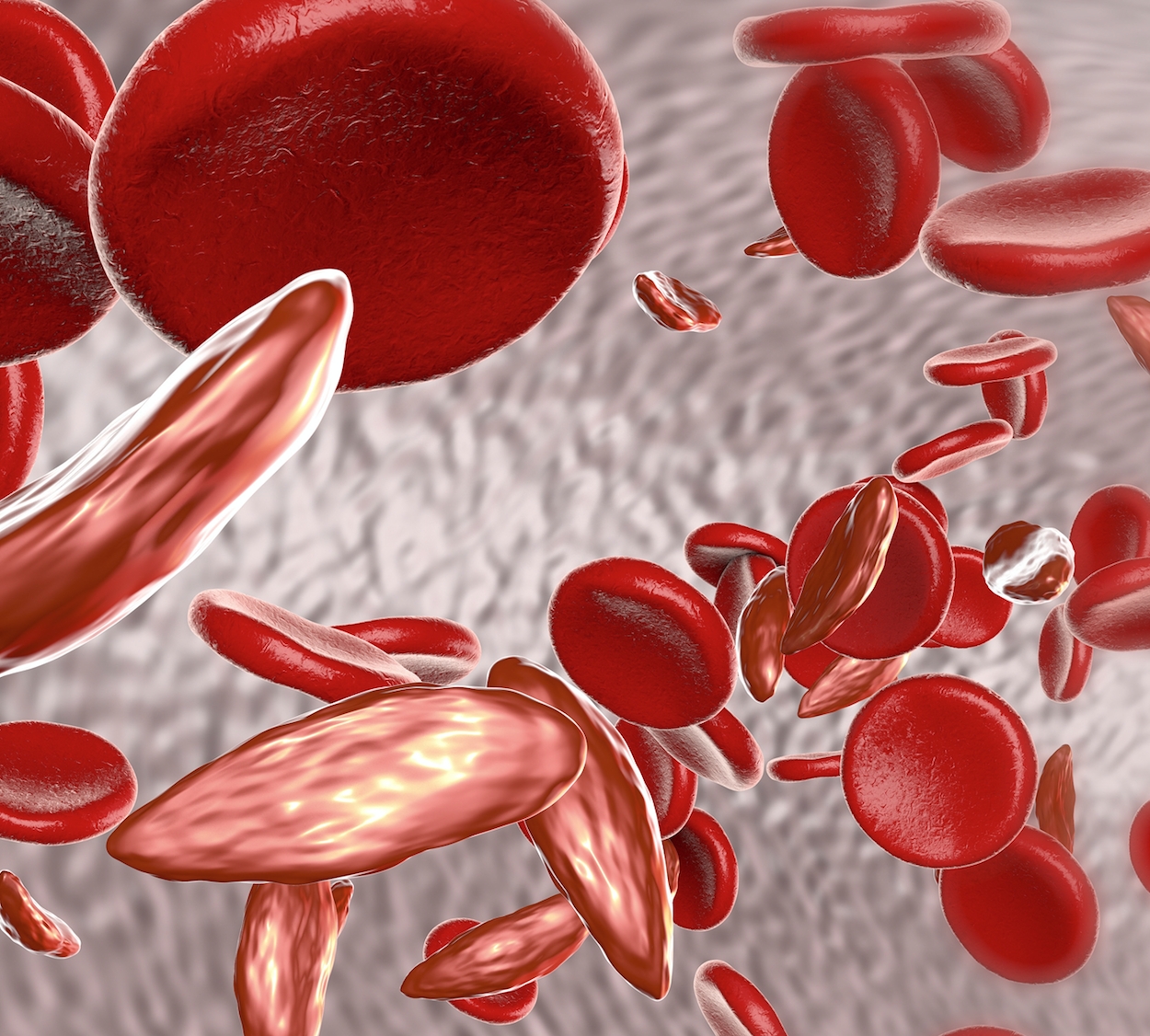
“I forgot you were sick.”
I hear that all the time from friends and even some family members whenever I have to go to the hospital, or when I was at a function one night, but stay in the next. I’ve had friends think I was flaking on them. I’ve had employers not understand why I could go to that party last night but cannot make it to work today. I’ve had teachers look at me funny because they saw me in the hall earlier but I didn’t make it to their class at the end of the day.
Sickle cell disease is like that: It creeps up when you least expect it, and sometimes when you totally expect it but wish it would go away, and there’s nothing to do but wait it out.
September was National Sickle Cell Awareness Month and as prevalent as the disease is, many people have no idea what it’s about or how to respond when friends have it. 1 in 365 people of African descent, and 1 in 16,300 people of Latin descent have sickle cell disease in some form. The disease occurs when red blood cells are no longer circular — they literally “sickle,” forming sticky crescent moon shapes that clot in the patient’s joints and narrow veins. A point mutation in a person’s DNA is all it takes for a person’s whole life to no longer be classified as “normal.”
Sickle cell disease acts more like a mental illness than a physical one in a lot of ways: For many people, it does not usually manifest in consistent pain, but it causes extreme lethargy and apathy about a lot of things that would otherwise give a person energy and vitality. The use of consistent medication can cause depression and anxiety, and it is often harder for friends and family members to understand the toll the disease is taking on the carrier because on the outside, the person looks just fine. Instances of pain crises (the name of the episodes that cause patients to have to be hospitalized) can range from never to monthly, depending on severity of the disease, and, in some instances, can lead to death. Being close with someone with sickle cell disease means looking out for telltale signs of an impending crisis in the following ways:
- Watch for signs of depression. Oftentimes, hospital visits, multiple medications, and constant needle pokes at the hematologist’s office lead to depression. Those with the disease often feel like burdens to those around them. Check on your friends every now and then.
- Be ready to visit the hospital. If you and your friend are out enjoying each other’s company when the disease rears its ugly head, ask if the friend needs to go to the hospital. If the answer is “yes,” take your friend to the nearest emergency room and tell the nurses what the problem is, as your friend may not be able to speak. If the answer is “no,” gauge whether your friend really needs to go and is just trying to be strong. Living with a chronic illness can shape a person to deal with pain that will only increase should he or she wait to get treatment. If you feel your friend really doesn’t need to go, get him to a place where he can be comfortable and take his pain medication. It would also help to have a family member’s number in your phone, just in case.
- Keep your friend hydrated. Red blood cells thrive off of oxygen. The more water sickle cell patients drink, the happier their cells are. Be annoying if you have to. Your friend will thank you for it later.
- Treat your friend like nothing is wrong. Because nothing is wrong. A person’s condition does not define her. Deal with the problem when it comes along. Other than that, enjoy your friend and celebrate her happiness!
As prevalent as the disease is, many people know little to nothing about it, or worse – they make jokes about it. Information is always the key to understanding, so if you want to better educate yourself, check out the sickle cell info page on the Center for Disease Control Web site.






